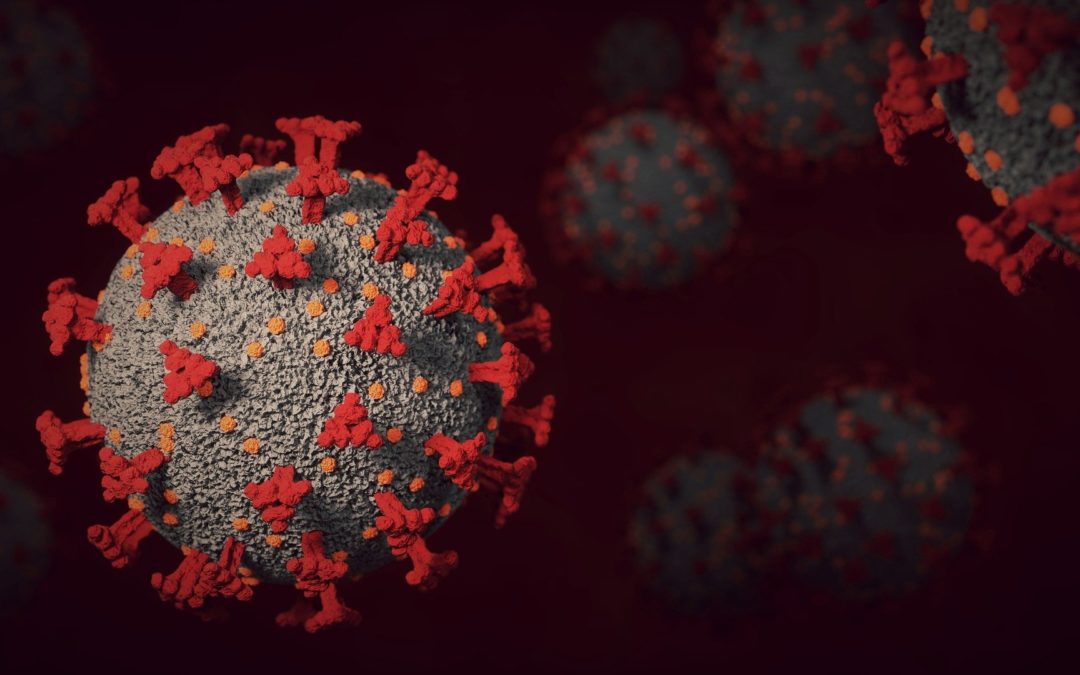The latest COVID-19 surge is having a major impact on college sports. While it’s true that college sports have always faced challenges, perhaps especially so in recent years, this ongoing pandemic is on an entirely different level. Can college sports overcome these new obstacles?
For quite some time, college athletics has struggled with funding disparity and student safety, among a host of other issues. But for many schools, things are worse than ever because of the rise in COVID-19 cases among student-athletes. COVID-19’s latest surge, the fifth since the pandemic commenced in early 2020, is wreaking havoc on college sports once again.
This latest strain, the omicron variant, is spreading across the country at a busy time in college athletics. It’s caused upheaval in college football bowl games and is threatening conference basketball schedules. And with no end in sight, school administrators and athletic departments are looking for answers.
The Impact on Students’ Mental Health
Apart from the health risks of the virus, the world has experienced a twin pandemic of a mental health crisis. In the fall of 2020, the NCAA conducted a survey that showed student-athletes continue to face heightened mental health concerns and barriers to sport participation.
Students reported feeling not only more burned out and overwhelmed, but also anxiety, hopelessness, and sadness. Student-athletes in their senior year and those attending classes only virtually also displayed heightened mental health concerns.
In most instances, the rates of reported mental health concerns experienced were 1.5 to two times higher than have been historically reported by NCAA student-athletes in pre-pandemic studies. Like the rest of the world, school administrators are struggling to keep students and student-athletes safe in these trying times.
Changes to Recruiting and Career Planning
For student-athletes looking to get recruited, missing a sports season can feel catastrophic. Whether it is high school athletes looking to get recruited to college or college athletes looking to go pro, the impact of COVID has been staggering. Athletes are facing obstacles to getting enough playing time to showcase skills, as well as limited options for training.
For student-athletes, academics and athletics go together. Unfortunately, the coronavirus has impacted both. While in the past there were many options for athletes to maintain grades high enough to maintain their eligibility, COVID has created new challenges.
The NCAA also extended eligibility relief to allow student-athletes to continue to play in subsequent seasons if their previous season was shortened drastically by COVID cancellations.
The Financial Toll
Ticket sales, television broadcast rights, donations, and corporate sponsorships from previous and present seasons are the primary source of income for most athletic departments. These are all revenue channels that have been directly impacted by COVID shutdowns. Now, pre-existing problems in the economic system of college sports are being dramatically amplified by COVID-19.
When programs’ major sources of income dry up, they face significant financial strains that will impact the institution for years, if not decades. For example, if fewer fans attend games, the businesses that donate to the department may withdraw funding.
Additionally, most universities rely on funding from popular, media-friendly sports like basketball and football to fund other programs. If the number of COVID-19 cases were to increase sharply, a possible response would be to close stadiums or cancel games and again curtail athletic departments’ revenues. As revenues dry up, other areas of collegiate sports could face uncertain futures.
Lasting Impacts
At just under two years into the pandemic, its long-term effects on athletic departments are as yet unclear. New strains of the coronavirus have been reported, and we can expect more in 2022.
Looking to the future, we can expect athletic departments to limit programs to survive. Athletic budgets have been depleted, and their sources of revenue have diminished. It could take years for the athletic budgets to get back to pre-pandemic levels. Recruiting methods will change, and high school students may opt for universities closer to home in case of future lockdowns and virtual learning. And universities must consider additional protections and support systems for students struggling with mental health.
And in an unfortunate aftereffect of both the pandemic and upcoming NCAA legislative changes, the current model of college athletics will likely shift away from a broad-based system of multiple Olympic-style sports. Dozens of schools have already started to cut sports, and as the pandemic continues, we can only expect that to continue. Many administrators believe that the NCAA’s Division I requirement of schools to sanction 16 sports teams will eventually fall, allowing more programs to be discontinued.
College sports have been riding the wave of each COVID surge since the pandemic began. But now, with the latest COVID surge reminding us that the pandemic is far from over, we can only wonder if university leaders will find a way to overcome these challenges.

